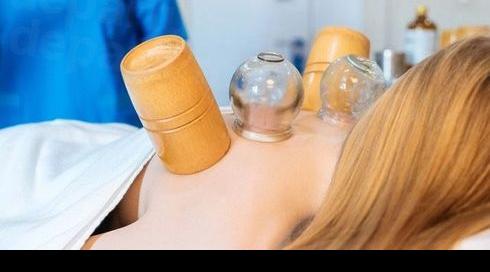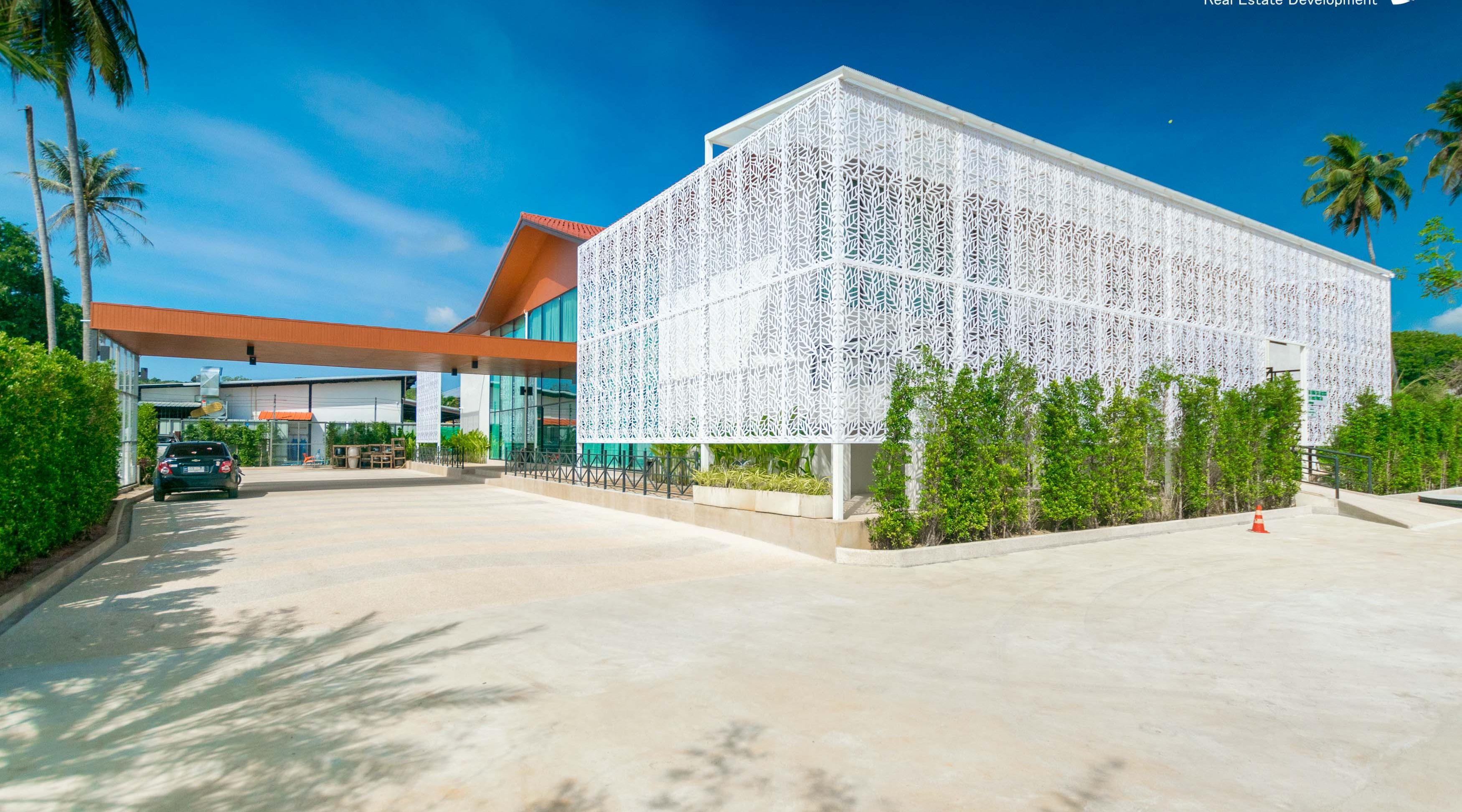Physical activity provides numerous health benefits. Exercise enhances mental and physical well-being. It can also protect against injuries while improving mood and cognitive function. A wide range of benefits make exercise one of the most impactful lifestyle interventions for health. Regardless of experience level or current routine, finding ways to incorporate movement provides significant gains. Both recreational athletes and those seeking small routine changes see advantages.
Research shows consistent physical activity reduces disease risk and extends longevity. Across demographic groups, motivating the body regularly through various forms of exercise has proven vital for promoting overall health and quality of life.
The Importance of Physical Activity for Overall Health
The importance of physical activity stems from its ability to support optimal body function. Similarly to how machinery relies on regular use and upkeep, human bodies benefit from movement. A sedentary lifestyle can accelerate natural slowing and wear down over time, potentially leading to illness. Research shows exercise may lower the risk of various chronic conditions ranging from cardiovascular diseases to metabolic disorders and even certain mental health issues.
Beyond physical impacts, maintaining activity levels influences mental status as well. Bouts of movement trigger the release of endorphins and other neurochemical changes tied to reduced stress and improved mood. Many have likely experienced these psychological boosts after a workout or brisk walk. Regularly promoting these chemical reactions systemically benefits emotional well-being. Both the physical and mental benefits of making exercise a habit highlight how crucial it is for our long-term well-being.
The Benefits of Cardiovascular Exercise
Raising your heart rate matters for heart and lung conditioning. Activities that elevate it, such as running, swimming, or cycling, are excellent choices. Getting your heart pumping faster with these moves has an added benefit—it strengthens the muscle of your heart itself.
It’s key to know the difference between moderate and hard-core cardio. Activities like brisk walking or water aerobics provide a nice moderate-intensity workout that gets your heart pumping faster without being too intense. Your breathing will pick up from your resting rate, but it’s nothing too taxing. Compared to more strenuous activities like running sprints or cycling uphill, vigorous cardio winds you and burns more calories. However, if you’re engaging in more intense exercises, using rigid tape can offer additional joint support, particularly for those prone to injuries.
Building Muscular Strength and Endurance
Cardiovascular exercise trains the heart and lungs. Activities that increase heart rate through full-body movement, such as running, swimming, or cycling, strengthen cardiac function and improve blood flow. Regularly engaging in these activities helps lower the risk of various heart conditions, like hypertension.
It is important to distinguish levels of cardio intensity. Moderate-intensity activities, such as brisk walking or water aerobics, elevate the heart rate to a less elevated degree than vigorous forms of cardio. Examples of high-intensity cardio are jogging, fast cycling, or swimming laps. Both can offer benefits but affect the body differently—moderate cardio may be ideal for daily maintenance, while vigorous intervals could drive quicker performance improvements yet require more exertion.
For individuals concerned with injury risks, moderate cardio poses a safer starting point than vigorous intensity, especially among those new to exercise or with a prior medical history. A gradual approach allows the body to adapt to activity without overexerting untrained muscles or joints.
The Role of Flexibility and Mobility in Health
It’s easy to underestimate the importance of flexibility for total body wellness, but being limber offers gains up there with strength and cardio. While most people focus on strengthening or boosting endurance, flexibility is just as valuable. Flexibility ensures your joints can fully extend and bend without restriction. Practices like yoga and gentle static stretching are awesome for a range of motion. They gently work the muscles surrounding each joint to help increase mobility.
Greater flexibility assists in injury prevention, especially for activities involving motions beyond usual limits. One advantage is improved mobility, which is vital for retaining independence as age increases. Flexibility ensures basic movements like bending and overhead reaches remain easy to perform. It also reduces muscle stiffness, allowing better posture and protection from exertion-related strains. For those engaged in greater-intensity activities, rigid tape can also help stabilize joints and further prevent strain.
How to Incorporate Physical Activity into Your Daily Routine
You don’t need to do a complete overhaul and go all in to start incorporating movement into your day. Small, sustainable changes are perfect for squeezing in extra activity. Gradual changes tailored to individual circumstances represent the most sustainable approach. Realistic short-term goals can motivate behavior shifts, whether gradually increasing daily walking times, following a gym schedule or adopting new recreational activities. Consistency over the long term proves most impactful for health.
Haste should be avoided for those new to exercise or recovering from injury. A gradual introduction allows the body to condition safely without overexerting muscles or joints that are still healing. Properly listening to bodily cues helps prevent re-injury through comfortable paces. Diversity also supports long-term adherence by reducing monotony. Combining elements like cardiovascular training, strength-building, and stretching provides well-rounded routine benefits without burnout risk from a singular focus.
Conclusion
Regular physical activity yields significant returns in terms of long-term health maintenance and disease risk reduction. The benefits span enhanced cardiovascular fitness, increased muscle and joint capacity, and improved mobility. Consistent exercise also helps protect against injury by supporting the body’s natural movement functions. Incorporating different training modalities, such as strength work or new cardiovascular protocols, maintains well-rounded physical and mental well-being over time.
While starting up or recovering from injury may require calibrated approaches, research shows that making physical activity a habit through gradual lifestyle integration delivers myriad advantages. The evidence demonstrates that exercise is an important preventative investment contributing to higher quality and more prosperous aging.
Author Bio
Keiran Sheridan is the co-owner of Gulf Physio, a leading provider of medical supplies and physiotherapy equipment in the UAE. With a deep commitment to health and wellness, Keiran plays a pivotal role in ensuring that Gulf Physio delivers top-quality products and services to both professionals and individuals. His passion for helping others achieve their fitness and recovery goals is reflected in his hands-on approach to the business.




